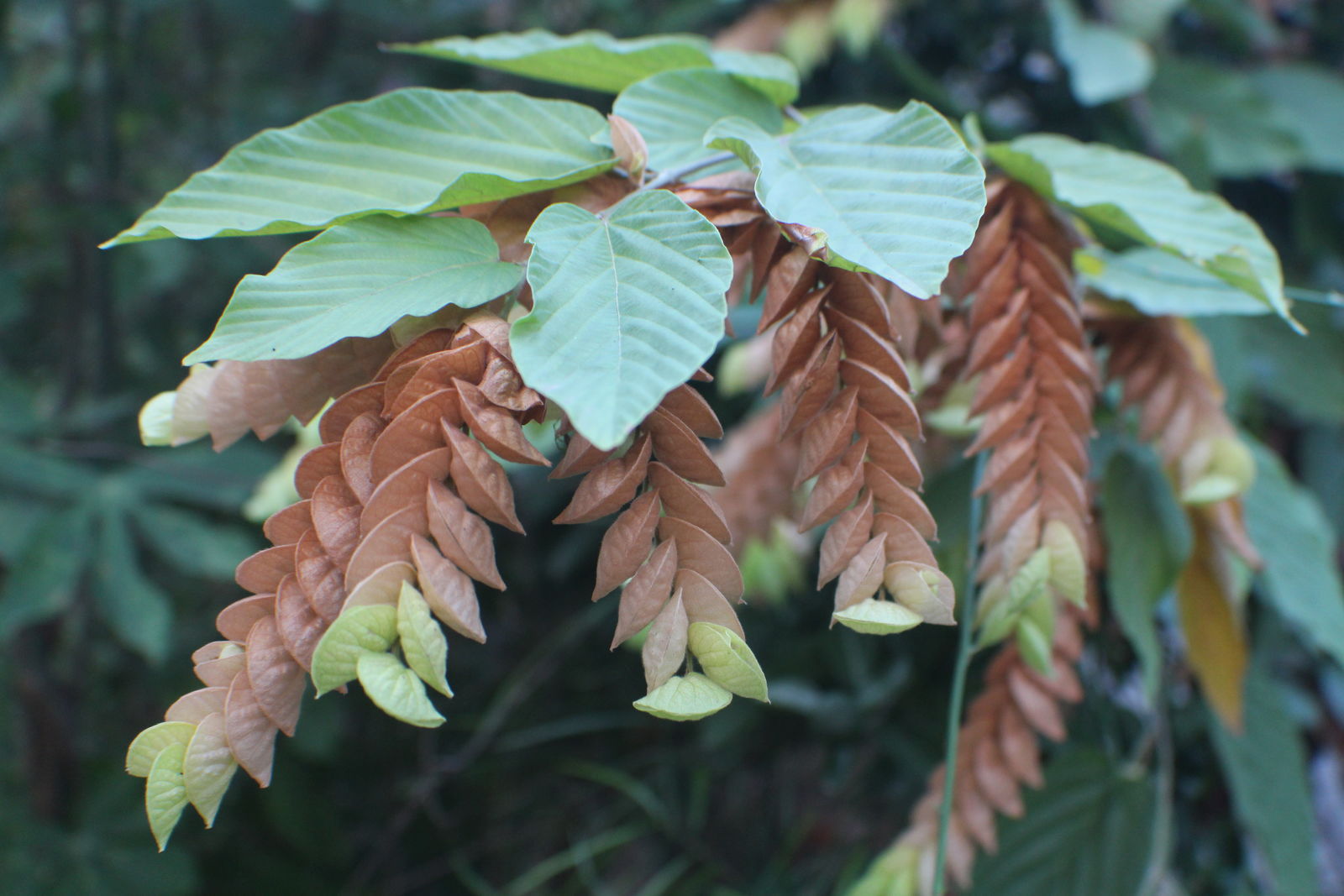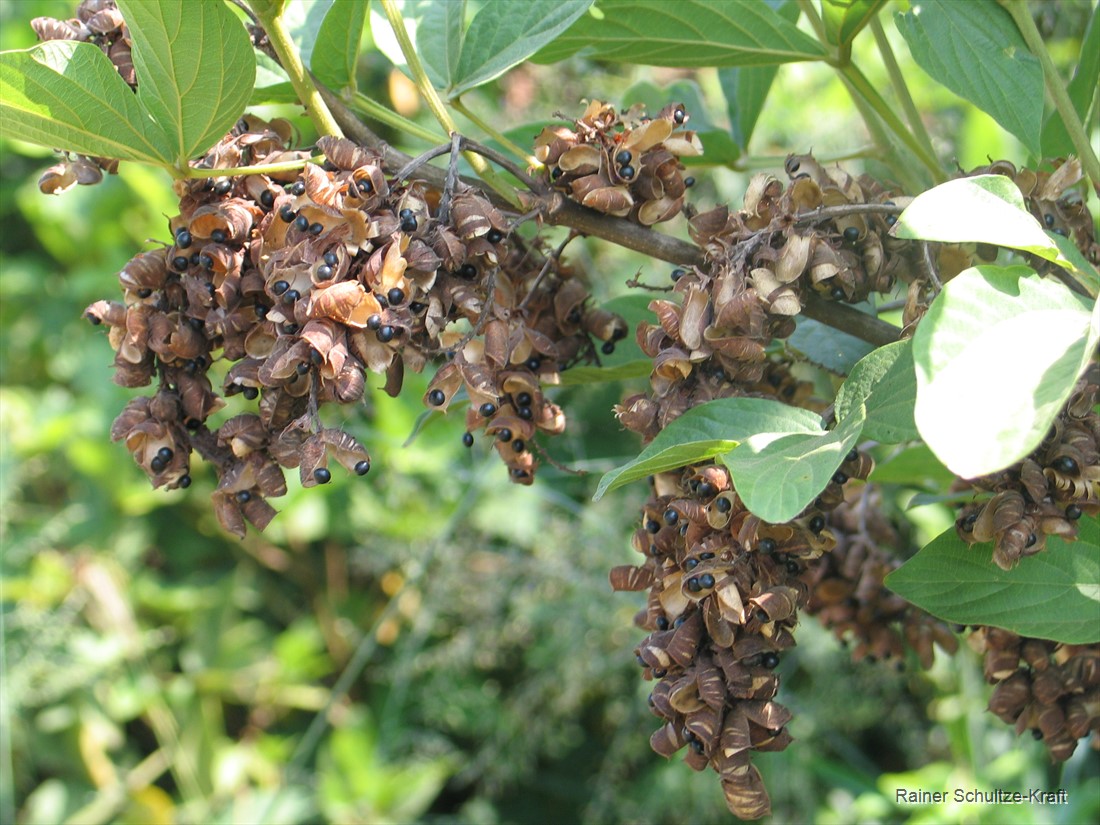
Flemingia macrophylla Tropical Forages
20 Images see all Flemingia congesta Roxb. ex W.T.Aiton [family LEGUMINOSAE-PAPILIONOIDEAE] Flemingia congesta Roxb. ex W.T.Aiton [family LEGUMINOSAE-PAPILIONOIDEAE] Type? of Flemingia cumingiana Bentham [family FABACEAE] Filed as Flemingia congesta Roxb. ex Ait. [family FABACEAE]
M2018/01 Flemingia sp. for Id.
Global description Flemingia macrophylla is a shrub, reaching over 2 m high, with more or less ribbed branches, covered with a dense pubescence of appressed hairs. The leaves are alternate, compound, trifoliate, with oval-triangular stipules, deciduous; the leaflets are elliptic to closely ovate-oblong, 4 to 15 cm long and 2 to 8 cm wide, acute to acuminate at the top, having a pubescent.

Flemingia strobilifera (L.) W.T.Aiton Plants of the World Online
Flemingia congesta Roxb. , Hort. Kew., ed. 2 [W.T. Aiton] 4: 349 (1812). BHL Contact us External links to taxonomic opinions: WFO IPNI Life Sciences Identifier (LSID) urn:lsid:ipni.org:names:495250-1 Publication Hortus Kewensis; or, a Catalogue of the Plants Cultivated in the Royal Botanic Garden at Kew. London2nd ed.) Collation 4: 349
Flemingia efloraofindia
Shin Okazaki Add to Mendeley https://doi.org/10.1016/j.pbi.2017.05.011 Get rights and content Highlights • Beneficial microbes modulate host-signaling pathways using effectors. • Rhizobia use the similar effectors as pathogenic bacteria to suppress host defenses. • Rhizobial effectors can hijack leguminous nodulation
Flemingia macrophylla efloraofindia
Flemingia congesta Roxb. ex W.T.Aiton. First published in Hortus Kew. 4: 349 (1812) This name is a synonym of Flemingia macrophylla. [Cited as Flemingia macrophylla.] Other Data. Other Kew resources that provide information on this taxon: This taxon has a temporary IPNI identifier and therefore an IPNI link cannot be provided, read more.
Flemingia efloraofindia
Sinorhizobium fredii NGR234-Phaseolus vulgaris, Flemingia congesta: Protein phosphorylation: Rhizobium-specific: Nucleus: MAP Kinase: Suppresses the expression of pathogenesis-related (PR) proteins on L. japonicus, inhibits P. vulgaris nodule-senescence, promotes nodulation of F. congesta: Marie et al. 2003; Bartsev et al. 2004; Zhang et al.
Flemingia macrophylla efloraofindia
Flemingia congesta, Tephrosia vogelii) (Marie et al., 2001). Yet it is not known how the Nops affect nodule development. We expect, as is the case for phytopathogenic bacteria, that host plants must respond to the cocktail of secreted effec-tors in different ways. Perhaps C. juncea and P. tuberosus recognize some components of the effector mix.

Flemingia plant1 (Fabaceae) image 94499 at PhytoImages.siu.edu
Flemingia capitata Buch.-Ham. Flemingia congesta Roxb. ex Aiton & W. T. Aiton Flemingia cumingiana Benth. Flemingia ferruginea Graham Flemingia lamontii Hance Flemingia latifolia Benth. Flemingia nana Roxb. Flemingia philippinensis Merr. & Rolfe Flemingia semialata Roxb. Flemingia stricta Wall. Flemingia teysmanniana Miq Flemingia trinerva Desf.
Flemingia macrophylla efloraofindia
Flemingia congesta Roxb. ex Ait.f. Taxonomy Loading Content. Properties Flemingia macrophylla is a woody, deep-rooting, tussock-forming shrub, 1-4 m tall. Young branches greenish, ribbed, triangular in section and silky. Old stems brown, almost round in section.

Organic Farming Flemingia congesta......untuk reklamasi lahan bekas
Description Members of Flemingia are shrubs, or herbs (or subshrubs); evergreen, or deciduous and perennial. They are generally about 0.2-1.5 m high. The stem is prostrate but weak. Leaves are small to medium-sized; not fasciculate, but alternate. The stem and leaves are pubescent, with dense hairs. Leaf blades are flat dorsoventrally.

Flemingia strobilifera (L.) W. T. Aiton Kampung Belukar, A… Flickr
Rhizobium sp. NGR234 nodulates many plants, some of which react to proteins secreted via a type three secretion system (T3SS) in a positive- ( Flemingia congesta, Tephrosia vogelii) or negative- ( Crotalaria juncea, Pachyrhizus tuberosus) manner.

Flemingia macrophylla Tropical Forages
Effects of soil macrofauna, micro-environment and mulch quantity were investigated on an acid Ultisol in a high-rainfall area in S.E. Nigeria, using litterbags or littertubes with leaves from the trees of an alley cropping system with t Flemingia congesta or t Dactyladenia barteri as hedgerow species.There was no effect of mulch quantity on the rate of decomposition. Soil macrofauna.

Flemingia macrophylla Tropical Forages
For example, in areas of north-east India where the shifting agricultural cycle is less than 5 years and the landscape is highly degraded, a legume of lesser known food value, Flemingia vestita, is socially valued and used to support a 1-2 year fallow and even nonfallow system of cultivation.

Flemingia macrophylla (Willd.) Kuntze ex Merr. Plants of the World
Flemingia macrophylla is a tropical woody leguminous shrub in the family Fabaceae. It is a multipurpose plant widely used in agriculture, crop improvement, fodder, dyes and for various therapeutic purposes. Perhaps, it is the most versatile species of Flemingia in terms of adaptation, medicinal and agricultural applications. Description

Bhatmase भटमासे(𝑭𝒍𝒆𝒎𝒊𝒏𝒈𝒊𝒂 𝒄𝒐𝒏𝒈𝒆𝒔𝒕𝒂) NAFSCOL Krishiban Pvt Ltd.
Syntype of Crotalaria cavaleriei H.Lev. [family LEGUMINOSAE] Isotype of Flemingia congesta Roxb. [family LEGUMINOSAE-PAPILIONACEAE] Filed as Flemingia kweichowensis Tang & F. T. Wang ex Y. T. Wei & S. K. Lee [family FABACEAE] Type of Flemingia yunnanensis Franch. [family FABACEAE] Flemingia macrophylla (Willd.) Kuntze ex Merr. [family FABACEAE]

Flemingia macrophylla Tropical Forages
This datasheet on Flemingia macrophylla covers Identity, Overview, Distribution, Dispersal, Biology & Ecology, Environmental Requirements, Natural Enemies, Impacts, Uses, Prevention/Control, Management, Genetics and Breeding, Economics, Further Information. Identity Preferred Scientific Name Flemingia macrophylla (Willd.) Merr.